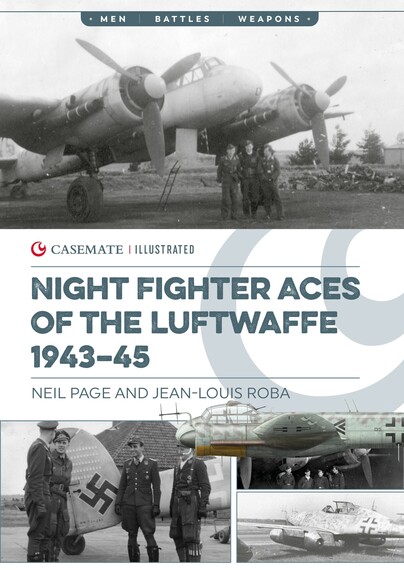
Format: Paperback
Pages: 96
ISBN: 9781636245508
Pub Date: 15 Jun 2025
Imprint: Casemate Publishers
Series: Casemate Illustrated
Illustrations: 80+ photographs, illustrations and maps
Description:
The Creek War (1813–1814) was not only a brutal civil war within the Creek Nation but also part of a broader international struggle tied to the War of 1812. It ended with America’s victory, a watershed moment that expanded white settlement into Creek territories and influenced the course of the larger war with Great Britain.Following the American Revolution, tensions had grown between settlers in Georgia and the Creek Nation over contested lands and cultural assimilation.















